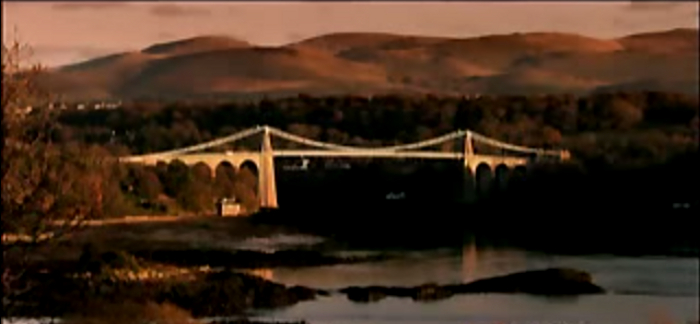Bridges that have superstructure where the link elements create triangular units are known as truss bridges. This is one of the oldest kinds of bridges find in the world today and they are still considered a state-of-the-art technology. The simple styles have been analyzed since the 19th century and this type of bridge has a unique ability to take tension and compression more than other designs. They are a bridge that is designed to work. Here are some pros and cons to consider with the construction of a new truss bridge.
The Pros of a Truss Bridge
1. They might be light, but they are also strong.
Truss bridges utilize the materials that are needed to create them very effectively. This makes them very economical to build, but doesn’t compromise on the ground of the bridge. Because it uses small timbers, the trusses are very strong thanks to the ridged triangles that are an integral part of its construction.
2. They can be used virtually anywhere.
It doesn’t take much effort to create a suitable environment for this type of bridge to be installed properly. Even in places where it might initially seem to be impossible to place a bridge, truss bridges are able to provide a strong span that can hold heavy amounts of traffic.
3. The roadway can be placed on the bridge itself.
Truss bridges are the only type of bridge where a roadbed can be placed on the bridge itself. Having a deck tress allows the transportation options, including rail, to be placed straight across, providing a stable point to cross any span.
The Cons of a Truss Bridge
1. They take up a lot of space.
A truss bridge requires additional space when compared to other types of bridges. This means that certain areas may need to adjust existing structures in order to accommodate this new type of bridge.
2. They are difficult to maintain.
These bridges require a lot of upkeep because of the amount of materials that are used. The extra materials give the bridge a lot of strength, but it cost a lot of money in materials and labor to keep the bridge functional. The added materials also lend to a higher cost initially for the bridge installation that may be unmanageable for certain communities.
3. It requires an efficient design.
The goal of a truss bridge is to have all of the trusses supporting the weight of the span over time. If a design isn’t properly managed, there could be some trusses that have zero pressure members so that they effectively do nothing but look nice.
Truss bridges are very strong and incredibly durable, so they can be used for several years when they are properly maintained. They are also considered the most expensive type of bridge they can be installed. By knowing the pros and cons of these bridges, each community can decide if this is the type of bridge that is appropriate to meet their needs.




